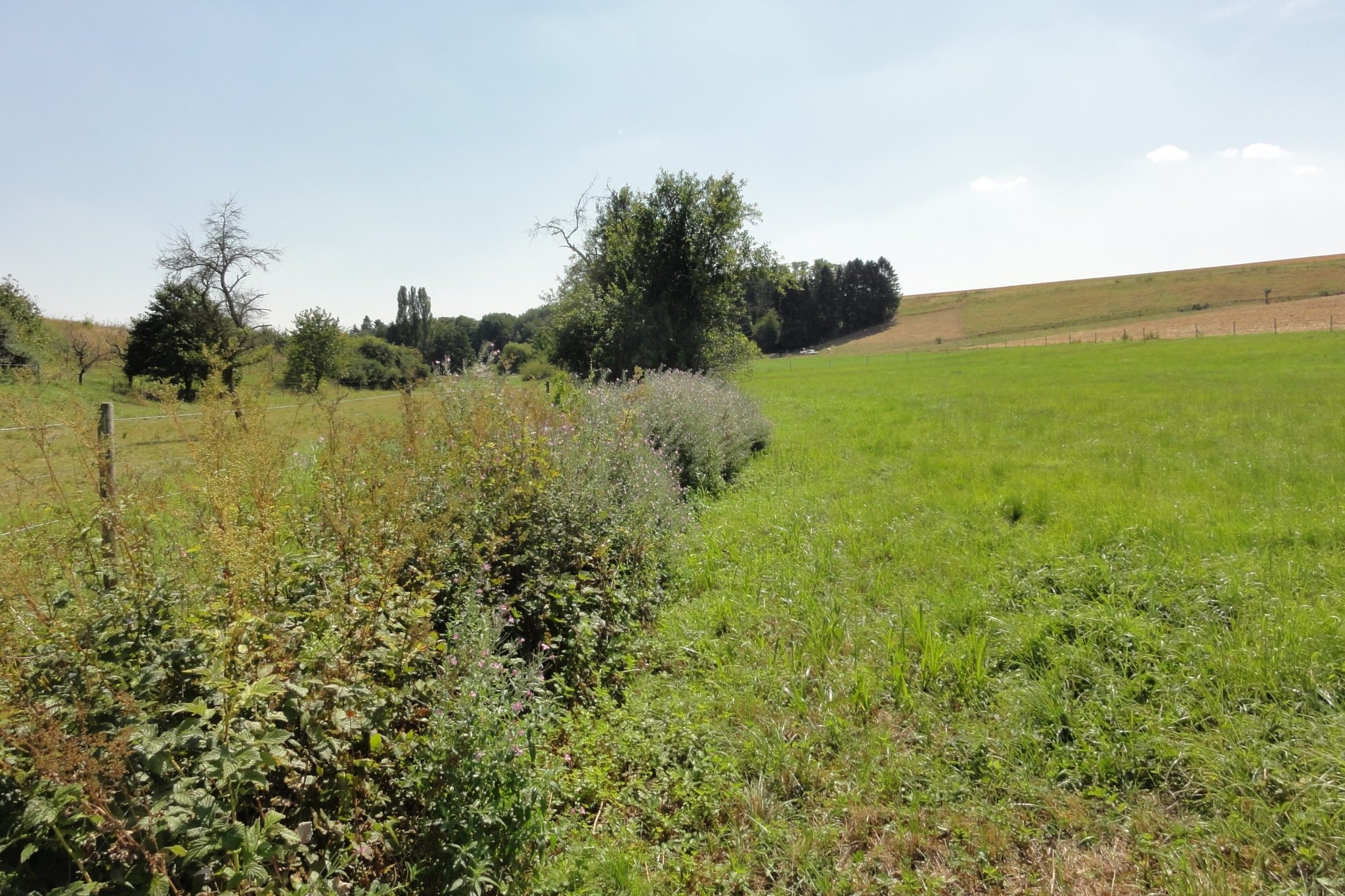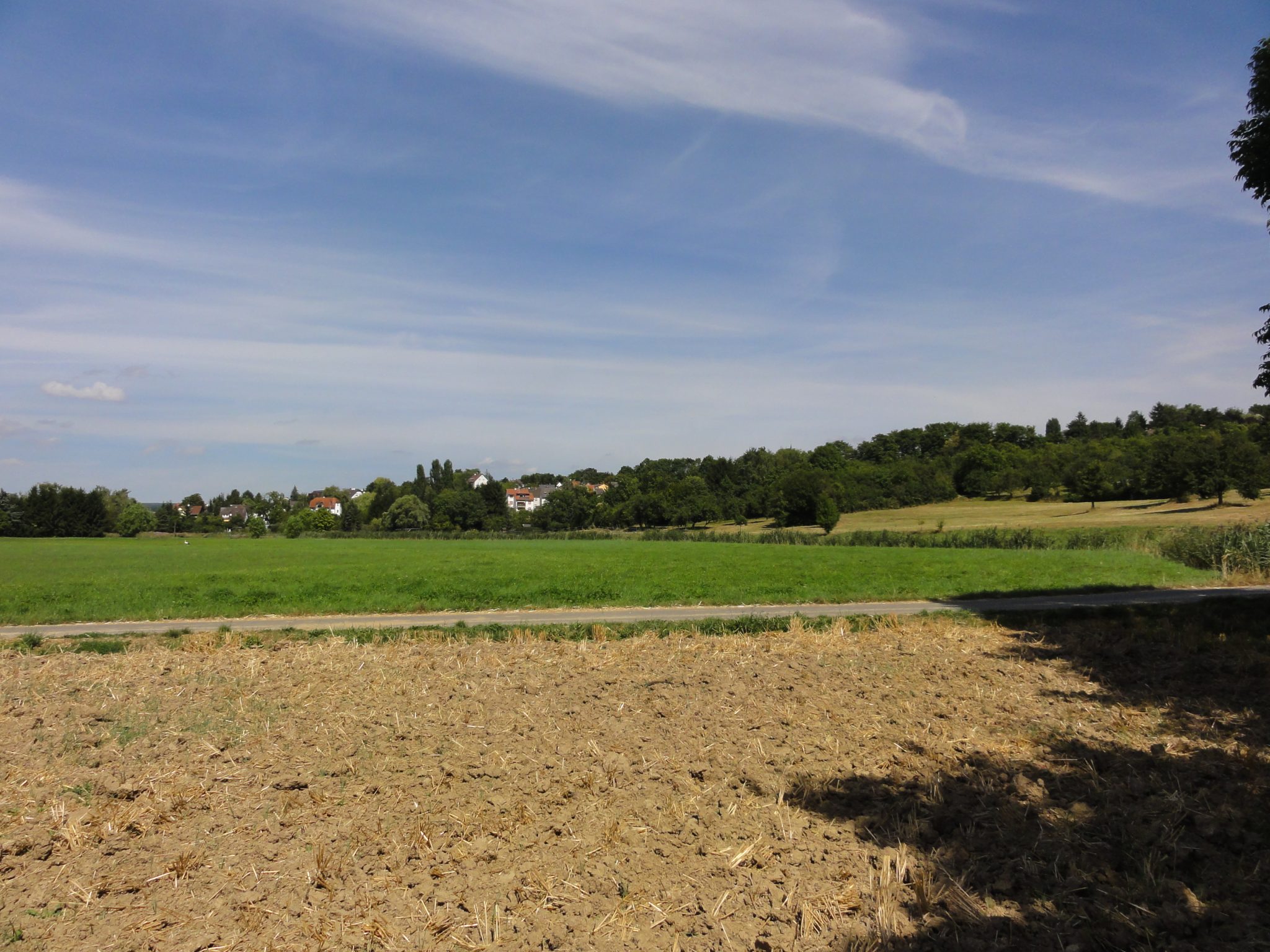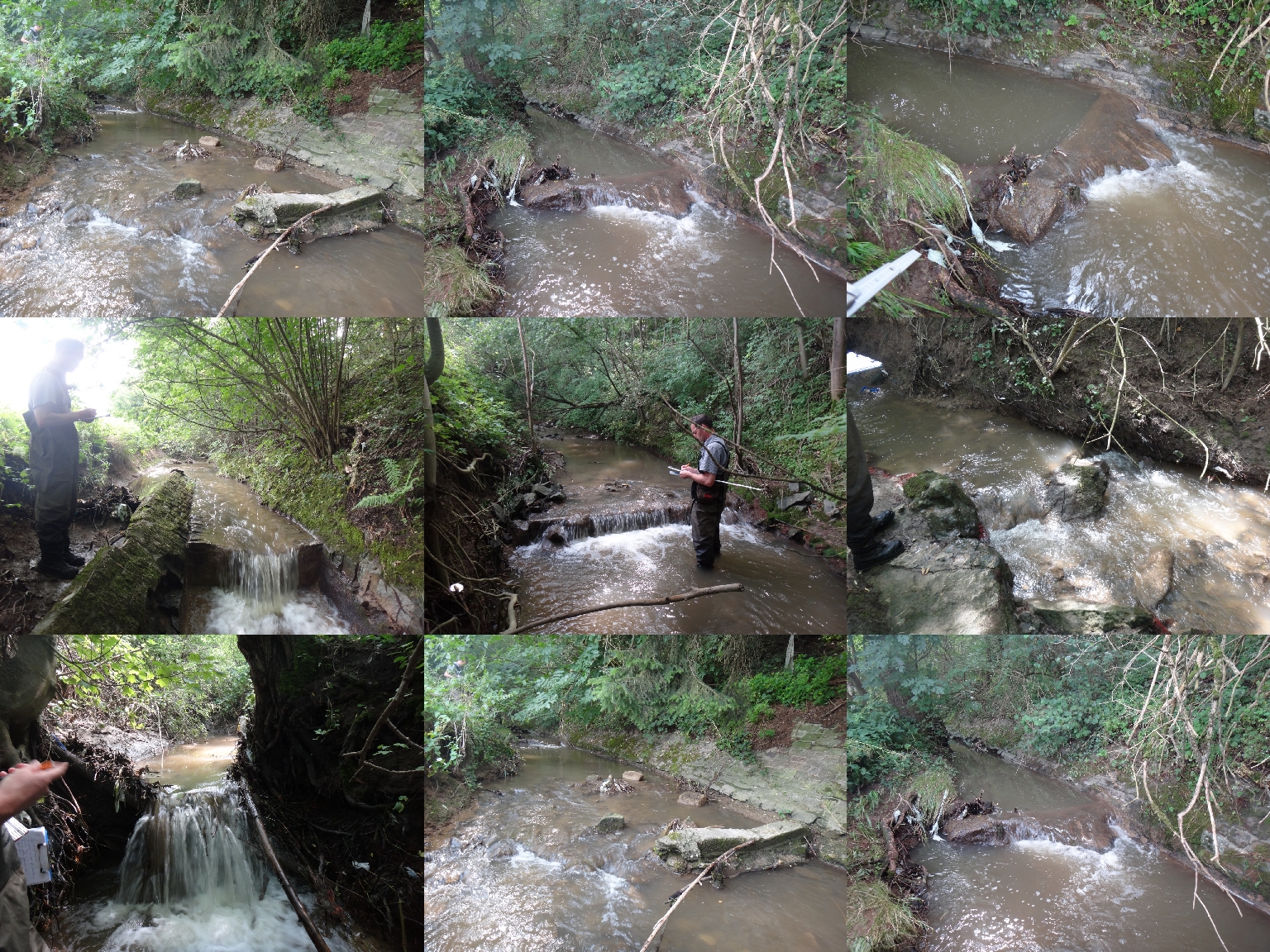General information
Client: Entsorgungsbetriebe der Landeshauptstadt Wiesbaden (ELW)
Location: Wiesbaden, Hesse, Germany
Project duration: 2013 - 2014
Key characteristics: Catchment area: 25 km², Discharge points: 25
Project description
An integrated assessment of the receiving water body status of the Wäschbach catchment in Hesse, Germany was carried out. Special focus was put on the impacts of CSOs, storm water overflows, and WWTP effluents with regard to hydraulic stress and river morphology as well as water quality parameters.
A particular characteristic of the Wäschbah catchment is the fact, that alos some urbanized areas located outside the natural catchment discharge waste water into the receiving water bodies of the Wäschbach catchment. The assessment was based on a respective guideline document published by the German Federal State of Hesse to identify critical impacts of CSOs, storwater discharges, and WWTP effluents on receiving water body hydraulics and water quality. However, due to the special characteristics of the catchment (e.g. quite big near-natural or agricultural used headwater areas), the analysis was conducted bases on more realistic parameter than required by the guideline document. For example, a calibrated rainfall-runoff simulation was applied for both the urban and near-natural/agricultural used areas and realistic in-stream water temperatures were used.
Based on the simulation results, an integrated planning of measures was carried out. One focus was a GIS based section by section analysis of possible mitigation measures for improving the morphological conditions of the water course, to harness synergy effects with e.g. the EU Water Framework Directive. The measures comprised EbA measures within and in the vicinity of the water bodies as well as measures in the sewer network.
Services
- GIS based data management
- Evaluation of the current status of receiving water bodies
- Determination of the resettlement potential of benthic invertebrates
- Simulation runs and evaluation
- Calibrated rainfall-runoff simulation
- Evaluation of hydraulic stress and threshold values
- Evaluation of chemical parameters and threshold values
- Integrated derivation of mitigation measures
Skills
- Detailed assessment according to the guideline document for receiving water body protection
- Calibrated rainfall-runoff simulation for both urban and rural catchment parts
- Integrated derivation of mitigation measures comprising
- EbA measures within the water bodies
- Measures within the sever system
- Combination and prioritization of measure
- Timetable for implementation planning




